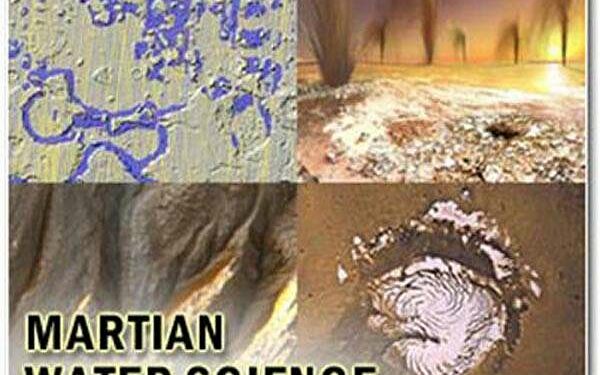
Mars Likely Experienced Cold and Icy Conditions, Study Suggests
by Clarence Oxford
Los Angeles CA (SPX) Jul 11, 2024
The question of whether Mars ever supported life has fascinated scientists and the public for decades. Central to this inquiry is understanding the planet’s past climate: was it warm and wet, akin to Earth’s climate, or was it cold and icy, making it less likely to support life as we know it? A recent study points to the latter, drawing parallels between Martian soils and those found in the subarctic climate of Newfoundland, Canada.
Published on July 7th in Communications Earth and Environment, the study sought to find Earth soils similar to those in Mars’ Gale Crater. Soils are key to understanding environmental history, as their mineral composition can reveal landscape evolution over time. By studying these materials, scientists hope to answer long-standing questions about Mars’ historical conditions. The Gale Crater soils record Mars’ climate from 3 to 4 billion years ago, a period when water was more abundant on the planet, coinciding with the emergence of life on Earth.
“Gale Crater is a paleo lakebed-there was obviously water present. But what were the environmental conditions when the water was there?” says Anthony Feldman, a soil scientist and geomorphologist now at DRI. “We’re never going to find a direct analog to the Martian surface, because conditions are so different between Mars and Earth. But we can look at trends under terrestrial conditions and use those to try to extrapolate to Martian questions.”
NASA’s Curiosity Rover, which has been exploring Gale Crater since 2011, discovered significant amounts of “X-ray amorphous material” in the soil. These materials lack the repeating atomic structure typical of minerals, making them hard to characterize with standard techniques like X-ray diffraction. When X-rays are directed at crystalline materials, they scatter at specific angles that reveal the mineral’s internal structure. X-ray amorphous materials, however, do not produce these characteristic patterns. Curiosity’s X-ray diffraction analysis showed that X-ray amorphous material constituted 15 to 73% of the soil and rock samples from Gale Crater.
“You can think of X-Ray amorphous materials like Jello,” Feldman says. “It’s this soup of different elements and chemicals that just slide past each other.”
Chemical analyses by Curiosity indicated that the amorphous material was rich in iron and silica but lacked aluminum. Despite this chemical data, scientists still do not fully understand what the amorphous material is or what its presence reveals about Mars’ past environment. Gaining more knowledge about how these materials form and persist on Earth could help solve these mysteries.
Feldman and his team examined three Earth locations to find similar X-ray amorphous material: the Tablelands of Gros Morne National Park in Newfoundland, the Klamath Mountains in Northern California, and western Nevada. These areas have serpentine soils expected to be chemically similar to the Gale Crater materials: rich in iron and silicon but low in aluminum. The sites also offered a range of environmental conditions-rainfall, snowfall, and temperature-that could shed light on the formation and preservation of amorphous material.
Using X-ray diffraction analysis and transmission electron microscopy, the researchers found that the subarctic conditions in Newfoundland produced chemically similar materials that also lacked crystalline structure, unlike soils from the warmer climates of California and Nevada.
“This shows that you need the water there in order to form these materials,” Feldman says. “But it needs to be cold, near-freezing mean annual temperature conditions in order to preserve the amorphous material in the soils.”
Amorphous materials are often considered unstable because their atoms have not organized into their final crystalline forms. “There’s something going on in the kinetics-or the rate of reaction-that is slowing it down so that these materials can be preserved over geologic time scales,” Feldman says. “What we’re suggesting is that very cold, close to freezing conditions, is one particular kinetic limiting factor that allows for these materials to form and be preserved.”
“This study improves our understanding of the climate of Mars,” Feldman says. “The results suggest that the abundance of this material in Gale Crater is consistent with subarctic conditions, similar to what we would see in, for instance, Iceland.”
Research Report:Fe-rich X-Ray amorphous material records past climate and persistence of water on Mars
Related Links
Desert Research Institute
Mars News and Information at MarsDaily.com
Lunar Dreams and more
